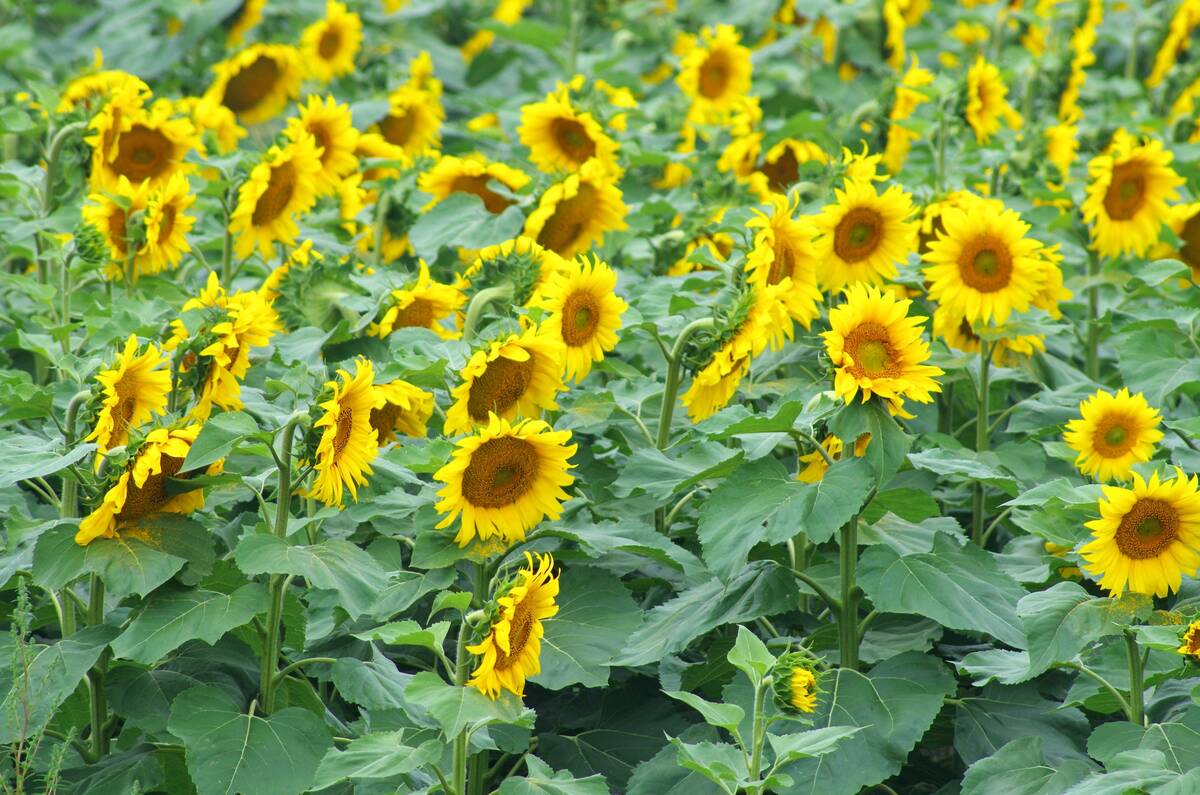They’re here.
The dreaded wheat midge are again present in fields across Manitoba. The female midges emerged and began laying their eggs in late June.
“Right now is when farmers should be out in their fields checking to see if they have midge or not,” said Bob Lamb, a research scientist at Agriculture Canada’s cereal research centre in Winnipeg.
“The critical thing is whether the wheat is headed or not. The midge hits between heading and flowering.”
The female midges lay their eggs in wheat heads. When the larvae hatch, they feed on the kernels.
Read Also

Made-in-Manitoba sunflower hybrid heads to market
Glacier FarmMedia – Manitoba’s confection sunflower growers will have a new seed option next spring that was developed specifically to…
The time to scout for midge is from the time the crop begins to head until 70 percent has flowered, Lamb said. Farmers should check for the insect at several locations in their field. The best time is shortly before dusk.
The economic threshold for treatment of wheat midge infestation is when one midge is found for every four or five heads of wheat, said John Gavlowsky, a provincial entomologist at Carman, Man.
“At that level, there’s roughly about a 15 percent yield loss. Anybody who’s above that threshold could lose substantially more.”
Most farmers in southern Manitoba were able to plant early this spring, which should help limit the damage caused by midge, Gav-lowsky said.
“Many fields were already into flowering before the midge even started to come out. There’s a fairly high proportion of them that escaped the midge damage altogether.”
The crops that were seeded late are among those still at risk. This week and next remain a critical time to check for midge, Lamb said. With high humidity and little wind last week, conditions were prime for the insect pest to flourish. Wheat midge became “fairly abundant” in Manitoba in 1992, and has remained a menace to wheat growers since then. This year won’t be an exception.
“I’d be surprised if everybody (growing wheat) doesn’t have some midge,” Lamb said. “It’s everywhere in the province.”














